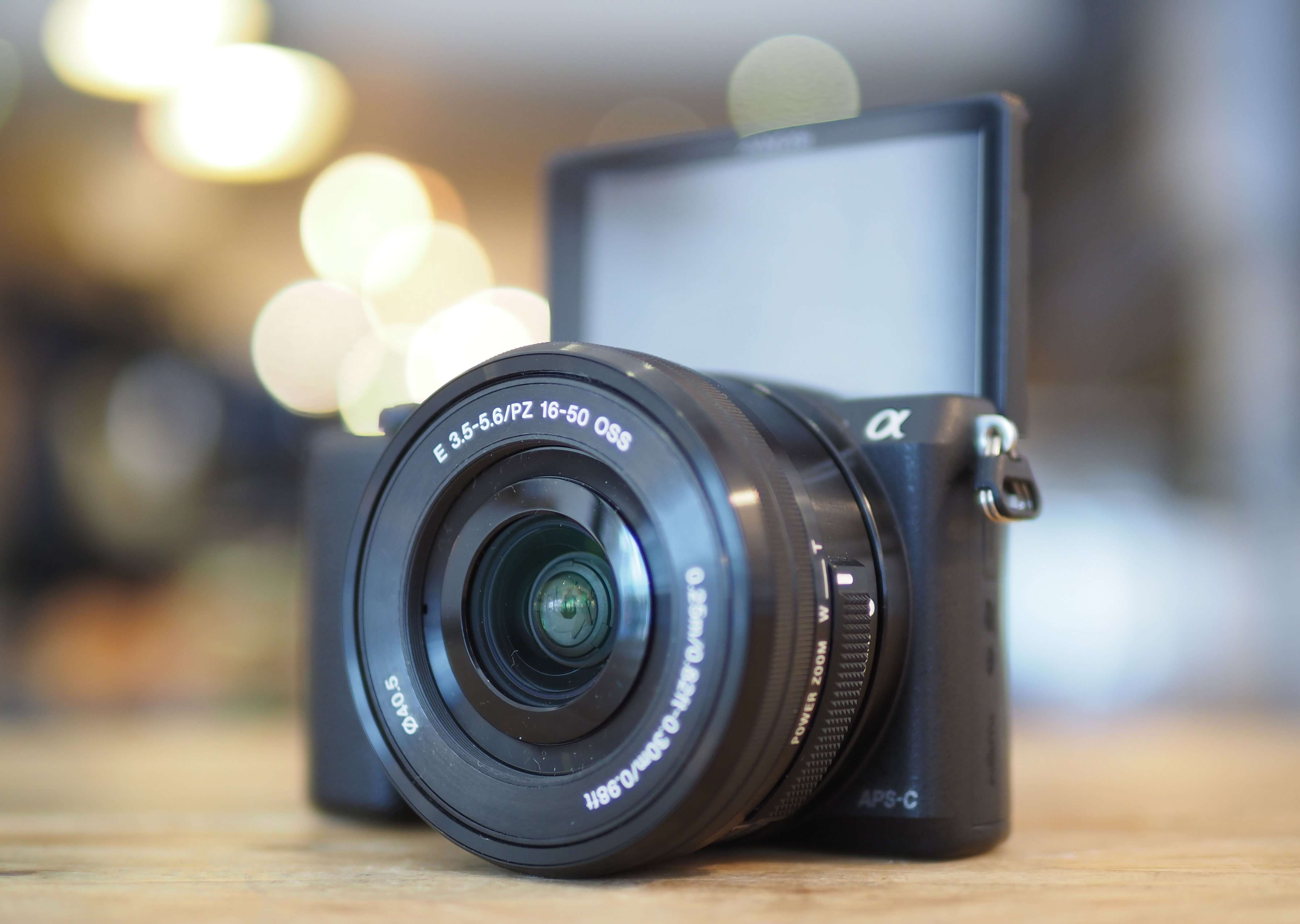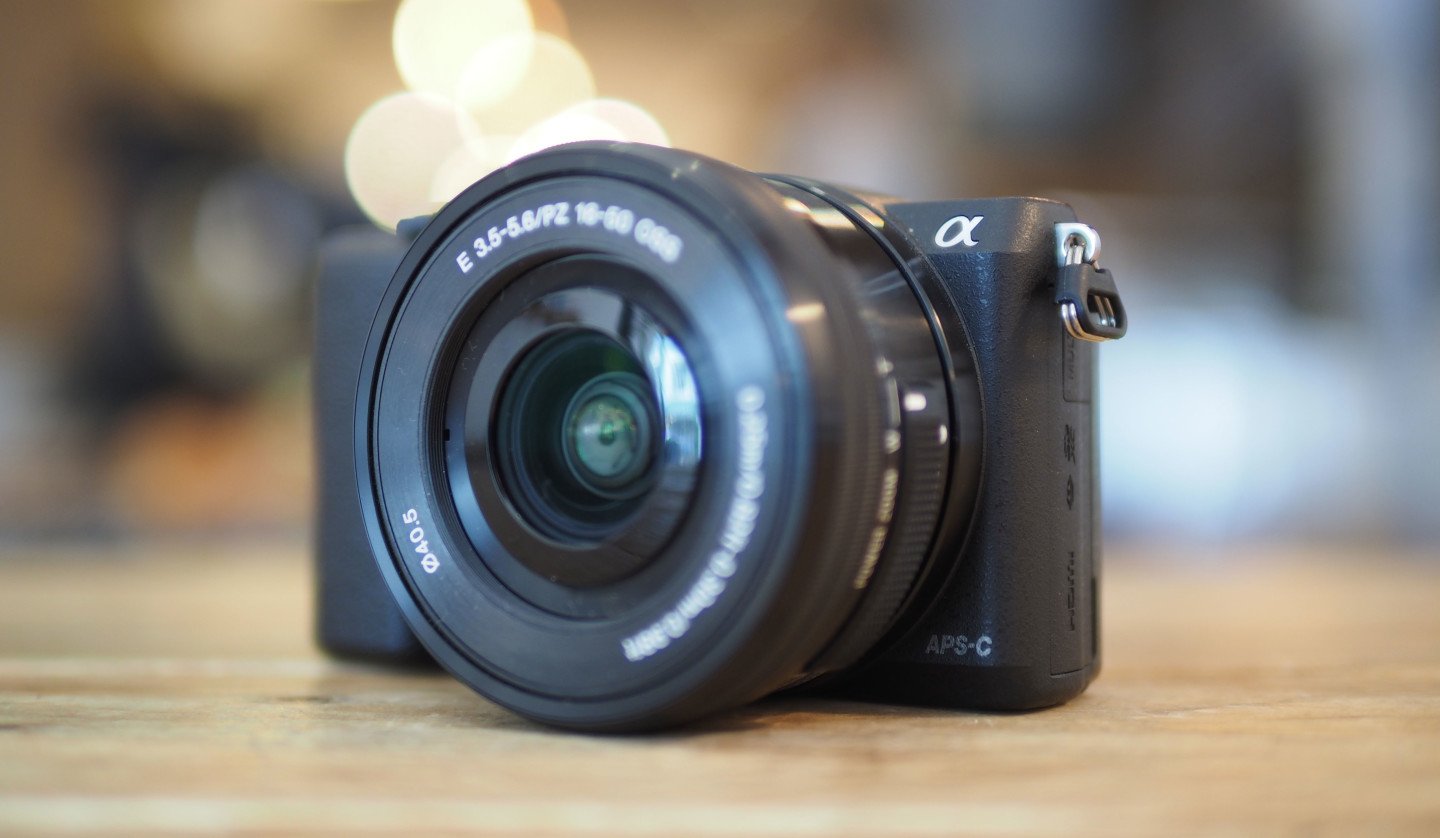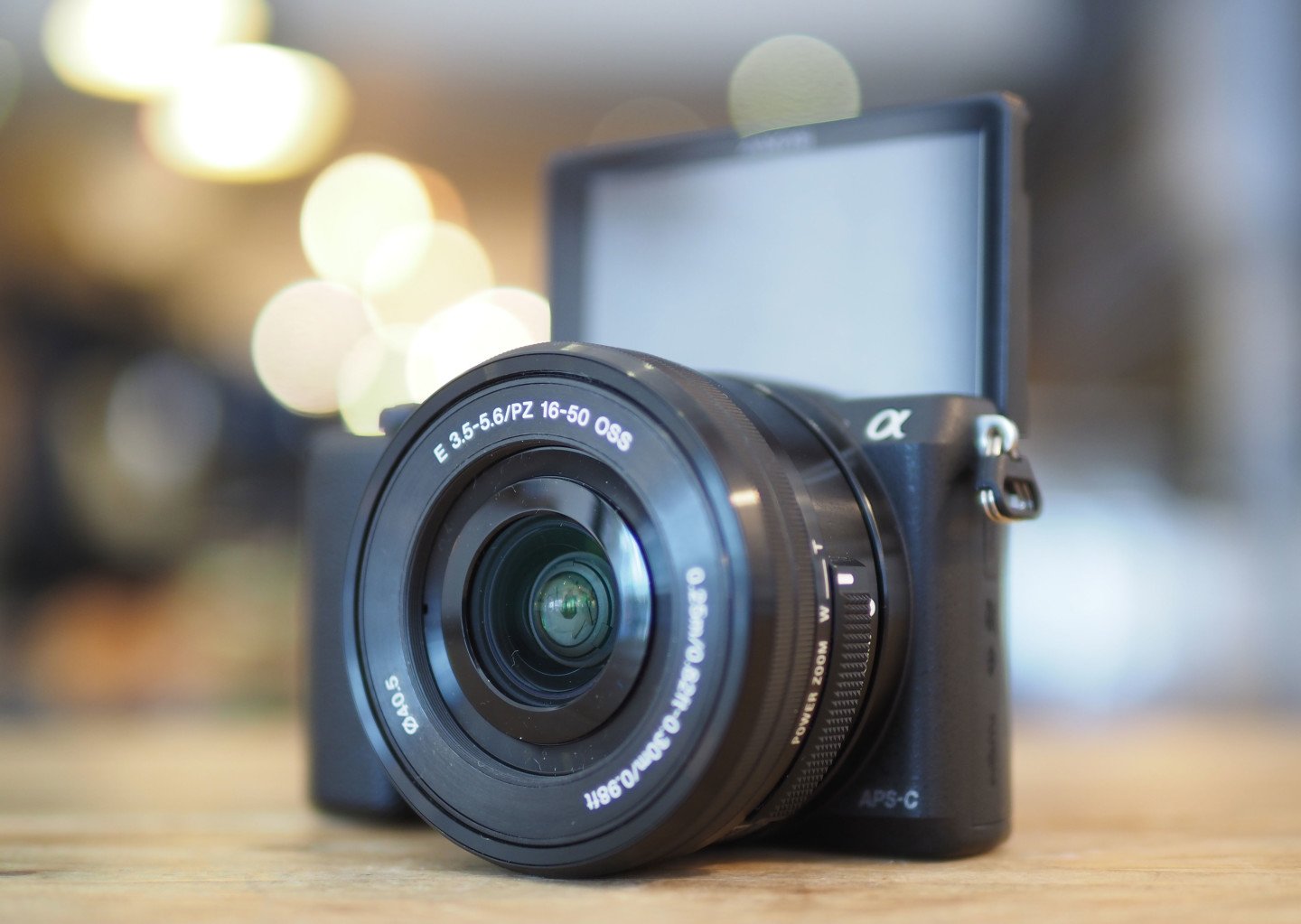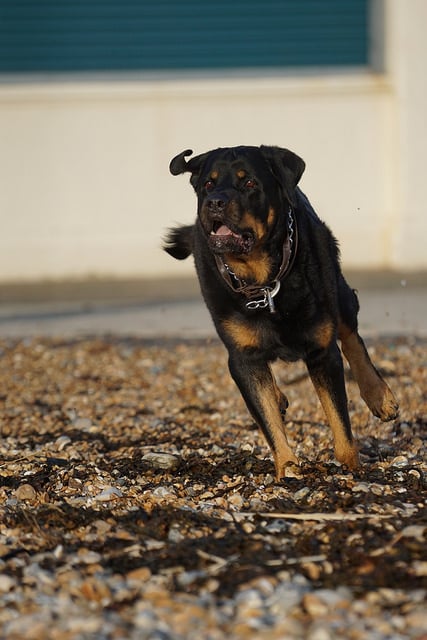
Sony Alpha A5100 review
-
-
Written by Gordon Laing
Verdict
The Sony A5100 is one of the most capable entry-level cameras with interchangeable lenses on the market, whether DSLR or mirrorless. Sony’s taken the earlier A5000 with its compact body and selfie-capable screen, and equipped it with the sensor from the higher-end A6000 to bring class-leading autofocus to a new low price point. Here are two cameras which can confidently track the action anywhere on the frame whether you’re shooting photos or movies. If you’re into sports, wildlife or simply have an active family, the A5100 will deliver a success rate that’s not been seen before at this price.
The sensor itself is not just about having decent continuous autofocus: with a large APSC area and 24 Megapixels, it’s capable of delivering big images with fine detail and low noise. The only caveat here is the 16-50mm kit zoom which sacrifices quality for size. If you want to get the best from the A5100, you’ll want to fit a higher quality lens.
While the sensor is the highlight of the A5100, the camera also becomes the first Alpha in ages to sport a touch-sensitive screen, and while Sony doesn’t exploit it as much as it could, it’s still such a relief to be able to tap to reposition the AF area. It’s also great to see upgraded movie features, not just support for higher bit rates (with XAVC S / 50Mbit), but also new guides and the ability to tap to pull-focus while filming. These, coupled with the movie AF tracking options inherited from the A6000 will actually make the A5100 tempting to film makers too. Plus you get the great Wifi connectivity and downloadable apps of other recent Sony cameras. Overall this makes the A5100 is a fabulous camera for the money, but there’s some important caveats to note which may make an alternative better for you. I’ll discuss this in more detail below.

The A5100 is aimed at anyone who wants a big step-up in quality and control over a phone or point-and-shoot camera, but without the bulk, complexity or cost of a higher-end model. They want ease of use with the chance to explore when they’re ready. They want a big sensor with the potential for high resolution, low noise and a shallow depth of field. And they want great connectivity with Wifi and smartphone control. The A5100 delivers all of this with class-leading continuous AF into the bargain, but it may not necessarily be your best choice.
The big problem for me is the 16-50mm kit zoom. The Alpha series support interchangeable lenses, which is their key selling point over a fixed lens compact, but equally they compete in the same market so they can’t be too large. Sony’s answer is to create a tiny kit zoom lens and the 16-50mm certainly fits the bill on size and weight, but sadly it compromises the capabilities of the camera.
In my tests the A5100 fitted with the kit lens delivers roughly the same amount of detail as a 16 Megapixel camera. The f3.5-5.6 aperture may be par for the course for kit zooms, but like other lenses sharing the same specification, you won’t be blurring the background much on portraits or macro shots. Equally the aperture means you may need to use higher ISO sensitivities under dim conditions than you’d like. How good can the camera be fitted with a decent lens? Check out this shot with the FE 70-200mm that’s packed with detail.
| |||
So at this point you need to ask yourself how much you want the ability to swap lenses, and be very honest. If you think you’ll mostly – or even only – use the kit zoom, then I’d suggest going for a fixed lens compact like Sony’s RX100 III or RX100 II instead. They’ll deliver as good or even better quality in a smaller body with greater control, and while the Mark III is more expensive, it does include a built-in viewfinder.
Speaking of which, that’s the next question you need to ask: Do you need a viewfinder? If you do, don’t get the A5100 as it doesn’t have one or the ability to fit one at a later date. If you like the A5100 but want a viewfinder, consider the A6000, or again the RX100 III.
Next question: Do you take lots of selfies? If you do, then you’ll appreciate a screen that flips round to face the subject, a feature shared by both the A5100 and the RX100 III, but not the A6000. The A5100 also scores above them all here with a touch-screen that lets you tap the desired subject.

Final question: how important is the ability to focus on moving subjects? If you shoot lots of action, sports, or active kids or pets, you’ll love the AF system of the A5100 and A6000. There’s nothing better at the price and they’ll both also out-perform the RX100 series in this regard.
| |||
So I’d say go for the A5100 if you want interchangeable lenses, great continuous AF and a selfie-screen at a low price. If you want a viewfinder in addition to this, upgrade to the A6000, although you’ll lose the screen’s ability to flip to face the subject. If you honestly don’t need interchangeable lenses or the continuous AF tracking, then I’d go for one of the RX100 compacts instead – the Mark II on price or the Mark III if you need the viewfinder.
Before my final verdict I’ll make a few more comparisons
Sony A5000 vs A5100
 | ||
The model that’s closest to the A5100 is the earlier A5000 which may still be available in some regions while stocks last. It shares the same compact body with a screen that flips up to face the subject for easy selfies. The sensor is the same size, but has a lower resolution of 20 Megapixels – as I discussed above, you won’t notice much difference in their quality if you’re using the 16-50mm kit zoom.
The big upgrade on the A5100 is the embedded AF system on its sensor, allowing it to track moving subjects anywhere on the frame for stills or movies. If you shoot action, sports or even just active kids or pets, it’s worth paying the extra for.
The A5100 additionally gives you a higher resolution screen that’s touch-sensitive, faster continuous shooting (6fps vs 3.5fps), and higher quality movies with a 50Mbit XAVC S option. I personally love having a touch-screen and the higher quality movies are nice to have, but really the key difference is the continuous autofocusing coupled with the boost in shooting speed. If you regularly take photos of subjects in motion, it’s worth spending the extra on the A5100, but if not, then the A5000 could represent a bargain. Compare prices closely.
See my Sony A5000 review for more details.
Sony A6000 vs A5100
 | ||
Sony’s A6000 is the next model up in the range from the A5100, and while the two cameras share the same sensor – giving them the same quality and continuous AF capabilities – there’s a number of key benefits to the A6000 which could make it worth spending the extra on.
In its favour the A6000 has a built-in viewfinder, faster continuous shooting (11fps vs 6fps), a mode dial (with the addition of a memory recall position), more customizable buttons, a hotshoe (for external flashes or a microphone accessory), greater exposure control using the smartphone app, a screen that can angle down and an on-screen quick access menu.
It’s not completely one-sided though. The A5100 offers a screen that flips all the way up to face the subject for easy selfies (albeit not angling down), the panel is touch-sensitive allowing you to tap to reposition the AF area, there’s a new AF Lock option which helps when tracking subjects across the frame, it supports movies at higher bit rates of 50Mbit/s and offers a selection of movie guides (like 2.35:1 framing). The A5100 is also smaller, lighter and cheaper.
The big differences are the viewfinder, greater control and faster continuous shooting of the A6000 versus the selfie-screen, touch-controls, smaller size and lower price of the A5100. More advanced photographers will appreciate the benefits of the A6000, but others will find the A5100 gives them enough of it at a lower price.
See my Sony A6000 review for more details.
Sony RX100 III vs A5100
 | ||
My final comparison is against Sony’s best-selling high-end compact, the Cyber-shot RX100 III. This may not be an interchangeable lens camera, but depending on how you’ll use it, could be a better choice than the A5100.
In its favour, the A5100 has a larger and higher resolution sensor, although to get the most from it you’ll need to fit a higher quality and or brighter lens. The embedded AF system is a major benefit though, allowing the camera to track moving subjects across the frame for stills and movies. Both cameras have screens that angle back for selfies, but the A5100’s is touch-sensitive which certainly makes repositioning AF areas much easier.
In its favour, the RX100 III has a built-in viewfinder, a mode dial, greater customisation, more exposure control with the smartphone app, a slow motion movie option (720p at 120fps), and it’s smaller and lighter, although more expensive.
But what about the impact of the sensor and lens? Well the RX100 III has a smaller sensor that is noisier at the same ISO values, but its brighter lens allows it to use lower ISOs under the same conditions. The net result is under the same conditions, both cameras deliver roughly the same quality and potential depth of field too, at least when the A5100 is fitted with its kit zoom. If you want greater detail, lower noise or a shallower depth of field, you’ll need to equip the A5100 with a better lens. If you’re not likely to do that, then the smaller body of the RX100 series may prove more tempting, and don’t forget the older RX100 II if the Mark III is too expensive and you don’t need its viewfinder.
See my Sony RX100 III review for more details
Sony A5100 final verdict
The Sony A5100 is a fantastic entry-level camera for anyone who wants a step-up in quality, control and flexibility over a point-and-shoot or phone. It packs a big sensor, articulated touch-screen and seamless Wifi connectivity into a small, light and affordable body that you’ll take everywhere with you. But for me the key selling point is the AF system, inherited from the A6000, which confidently tracks subjects across the frame for stills and movies. If you shoot or film any kind of action, be it sports or active kids or pets, you’ll find the A5100 delivers more keepers than any camera at its price.
Sure an entry-level DSLR may offer similar tracking, but only when composing through the viewfinder and only within a golden diamond area in the middle. The A5100 will track anywhere on the frame, when composing with the screen and at a typically higher burst rate of 6fps. It’s fantastic.
But if you don’t shoot much action you have to ask yourself how much you want or need interchangeable lenses. If the answer is not a great deal, then you may be better served by big-sensor compacts like Sony’s own RX100 III. And on the other side if you really love shooting action, you’ll value the viewfinder and faster 11fps burst shooting of the A6000.
There’s other frustrations with the A5100 too. I love that it has a touch-screen, but Sony could have exploited it more. As it stands you can’t use it to enter text (useful for the Wifi or writing captions), you can’t swipe or pinch to zoom during playback, or tap your way through menus and settings. It really is just for repositioning the AF area, but to be fair this is still the most useful application for it.
But I don’t want to sound churlish. The A5100 remains the best entry-level camera out there if you want the chance to swap lenses and regularly shoot moving subjects. The effective AF and 6fps burst shooting means you’ll be literally capturing images that are out-of-reach on rival models, and the flip screen coupled with great Wifi connectivity means you’ll also be sharing photos with almost the same ease as taking them with your phone.
I’d also like to take the chance to commend Sony for not witholding its best tech for pricier models only. The fantastic AF system made its debut on the A6000, but rather than hold it back for fear of cannibalizing sales, it was deployed on the cheaper A5100 months later. Same for XAVC S video recording which has become a standard feature on all new Sonys. This strategy really gives Sony an edge over rivals and allows it to deliver highly compelling feature sets even on budget models like the A5100. It’s an approach – and a camera – I can highly recommend.
Good points
Potentially great quality from 24 Mpixel sensor.
Great continuous AF for photos and movies.
6fps continuous shooting with large bursts.
Tilting touch-screen which can face subjects.
Powerful but easy to use Wifi with NFC.
Bad points
To exploit 24 Mpixels, you’ll need a better lens.
No viewfinder nor any means to connect one.
Need to boost screen brightness for outdoor use.
Basic exposure control and no GPS tagging via Wifi.
No miniature effect for movies.






